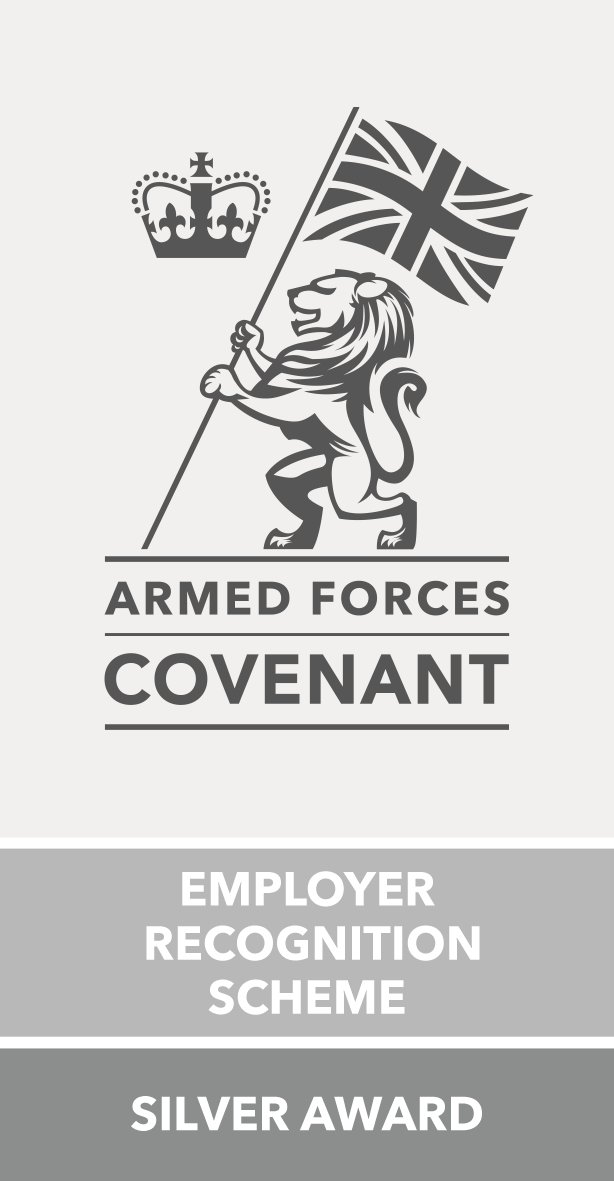Pilates
Pilates promotes the importance of posture, breathing control and efficient body movement. Exercises are devised to improve strength, flexibility and balance. This aims to improve movement patterns which will enhance activities of everyday life.
The following links show a selection of Pilates exercises which aim to work different areas of the body. Please click on the individual links for each area.
Please watch the Pilates introduction video prior to commencing any further exercises. This will demonstrate the postural “Key Elements” within Pilates.
Disclaimer
Prior to completing the following exercises please ensure you feel happy to do so and if you have any concerns liaise with your GP or health practioner.
Please be aware during the exercise you are likely to feel muscular effort, but not pain, and you are likely to feel muscular ache for 2 to 3 days following your exercise which is expected. If you feel a significant increase in pain, please liaise with your GP or health practioner.
Each of the exercises are demonstrated at various levels, please ensure you are working at an appropriate level for your ability.
We would expect you to feel muscle ache from fatigue during each exercise. This will guide the numbers of repetitions required for each exercise, which should increase over time as you get stronger.
Upper Zone
We have deep and superficial layers of neck, shoulder girdle and upper back muscles. The deep muscles provide local stability around these areas, whilst the superficial muscles provide the movement. An imbalance in these muscle groups can result in altered movement and pain.
Swam dive – This exercise works the deep neck flexors to prevent overuse of superficial neck muscles
4 point kneeling superman– This exercise works on core muscles, coordination and balance
Prone Hundreds – This exercise works the stability around the shoulder blades and back of the arms, reducing neck muscle activity.
Central Zone
We have deep and superficial layers of abdominal muscles. The deep muscles provide local stability around the pelvis, hip and lower back whilst the superficial muscles provide movement of the trunk. An imbalance in these muscle groups can result in altered movement and pain.
Curl up – This exercise works deep and superficial abdominal muscles
Hundreds – This exercise works the deep abdominal muscles, which help to stabilise the pelvis and support the lower back
One leg stretch – This exercise works the deep abdominal muscles, which help to stabilise the pelvis and support the lower back
Lower Zone
We have deep and superficial layers of gluteal muscles. The deep muscles provide local stability around the pelvis, hip and lower back whilst the superficial muscles provide movement of the hip. An imbalance in these muscle groups can result in altered movement and pain.
Clam – This exercise works the gluteal muscles, these help to stabilise our pelvis and protect our back.
Lift and Lower – This exercise works the gluteal muscles, these help to stabilise our pelvis and protect our back.
Bridge – This exercise works the gluteal muscles to stabilise the pelvis and support your lower back

















